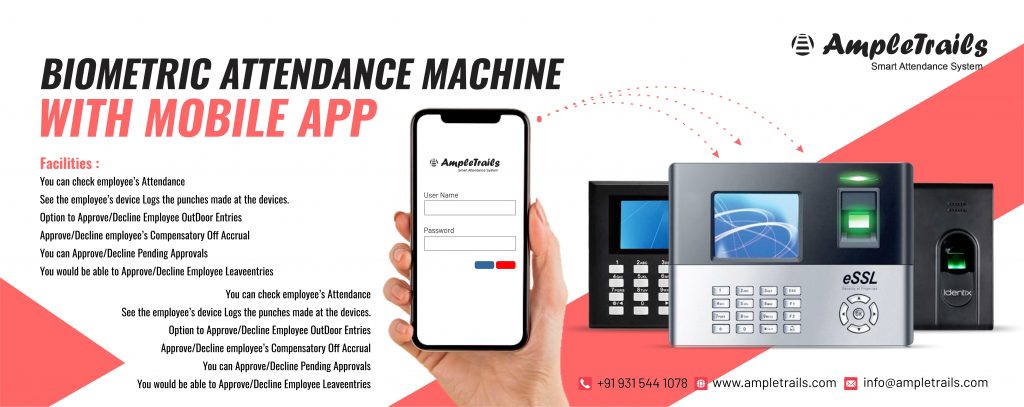Biometric Time and Attendance devices are increasingly becoming popular due to their efficiency and cost-effectiveness. Organizations of all sizes, from large corporations to small shops, are adopting these devices to enhance productivity significantly more than the cost of the device itself.
Types of Biometric Devices
Various types of biometric time and attendance devices are available, catering to different needs and preferences. Below, we detail each type:
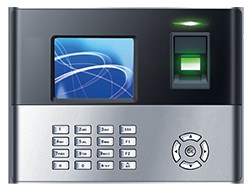
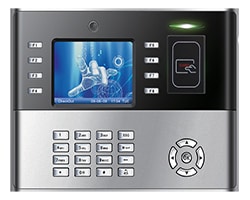

Thumb Recognition Based Time and Attendance Machine: Requires fingerprint registration of employees for attendance logging.
Card Recognition Based Time and Attendance Machine: Utilizes registered employee ID cards for attendance marking.
Devices combining thumb and card recognition are also available.
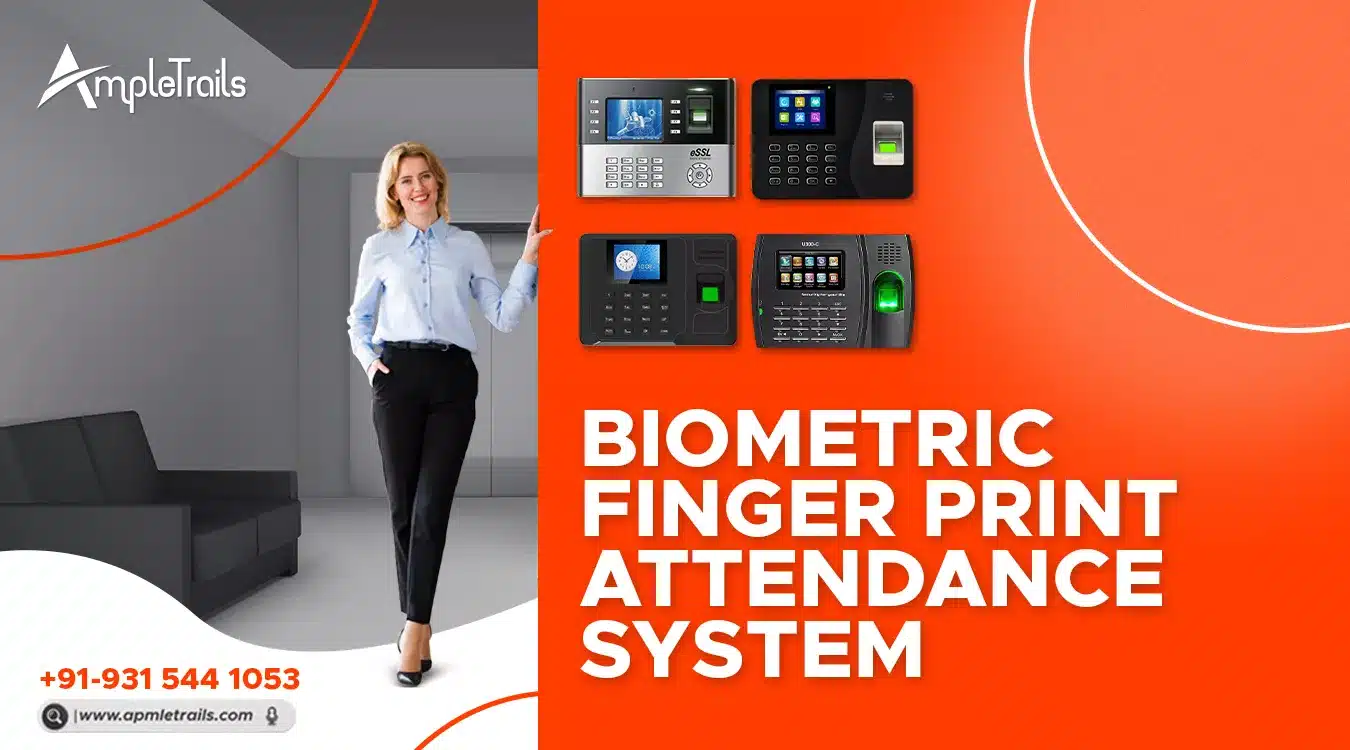
Employee Biometric Attendance
Face Recognition Based Time and Attendance Machine: Marks attendance through facial recognition technology.
Devices offering all three recognition technologies (face, thumb, and card) are provided by us for comprehensive needs.
Face recognition devices are particularly recommended for use in hospitals, the hotel industry, construction sites, manufacturing units, schools, educational institutes, alcohol factories, and any production unit.
For more details, visit the biometric time and attendance devices section on our website. For purchases, contact us at 9034757673 or WhatsApp 9315441053, or email in**@am*********.com.

Types of Biometric Devices
There are several types of biometric devices, each utilizing different physiological or behavioral characteristics for identification:
- Fingerprint Scanners: One of the most common and widely used biometric devices, fingerprint scanners analyze the ridges and valleys of a fingerprint.
- Facial Recognition Systems: These systems analyze facial features to identify individuals. They have gained popularity for their use in smartphones and security systems.
- Iris Scanners: By examining the unique patterns of a person’s iris, these scanners offer a highly secure method of identification.
- Voice Recognition: This technology analyzes vocal characteristics to verify a person’s identity, useful in banking and customer service applications.
- Hand Geometry: Hand geometry biometrics measure and analyze the shape of the hand and length of the fingers.
Benefits of Biometric Devices
The adoption of biometric devices brings numerous benefits, including:
- Enhanced Security: By using unique biological attributes, biometrics offers a more secure method of authentication than traditional passwords or PINs.
- Increased Convenience: Biometric authentication is quick and easy, eliminating the need to remember passwords or carry keys.
- Improved Accuracy: Biometrics reduces the risk of identity theft and ensures accurate identification.
- Scalability: Biometric systems can be scaled to accommodate growing user bases without compromising on speed or efficiency.
Applications of Biometric Devices
Biometric devices have found applications across diverse fields, showcasing their versatility and importance:
- Security and Law Enforcement: For secure access control and to aid in criminal identification.
- Banking and Finance: Biometrics are used for secure transactions and to prevent financial fraud.
- Healthcare: For patient identification and access to medical records, ensuring privacy and accurate treatment.
- Consumer Electronics: Smartphones and laptops now feature biometric sensors for device security and personal data protection.
- Travel and Immigration: Airports use biometric devices for passenger identification, streamlining the travel process while enhancing security.


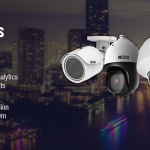 Matrix Cameras
Matrix Cameras Matrix Product
Matrix Product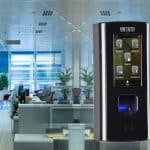 Biometric Machines
Biometric Machines
